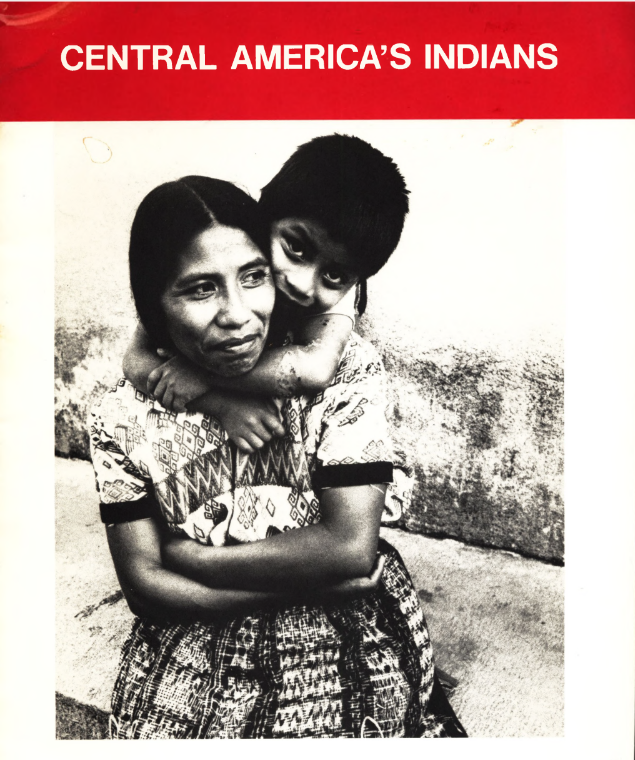Environment
Made up of more than thirty islands, the Turks and Caicos lie 800 kilometres south-east of Miami at the end of the Bahamas chain The Turks Islands include Grand Turk, Salt Cay, six uninhabited cays and a large number of small rocky islands. The Caicos Islands incorporate Grand Caicos (24.3 sq km), five other principal islands, and a number of islets.
History
The Turks and Caicos were first populated by the indigenous Kalinago (Caribs) and shortly after Spanish arrival in 1512, the islands became a raiding area for indigenous slaves. British loyalists fled to the Turks and Caicos after the American Revolution and for a while began cultivating cotton using imported African forced labour. In 1799 the British government assigned responsibility for the archipelago to the Bahamas however in 1873 they were formally annexed to Jamaica.
The islands assumed the status of a crown colony following Jamaican independence in 1962 and gained autonomy and their own governor when the Bahamas became independent in 1973. Independence for the Turks and Caicos was scheduled for 1982 but this policy was reversed and they remain a British overseas territory. During upheavals in Haiti, in April 1995 the islands’ governor announced that a British ship would assist US coastguard vessels in preventing Haitians from landing there. This move followed the forcible repatriation of several hundred Haitians earlier in the year.
Governance
As a British overseas territory, executive power in the Turks and Caicos Islands is vested in a governor, who presides over a seven-member executive council. The legislative council has 20 members, 13 of whom are popularly elected.
In light of the islands’ status as a British colony, and other historic factors, in recent years politicians in Canada and the Turks and Caicos have been lobbying for a form of union between Canada and the archipelago. In 2004, the Canadian province of Nova Scotia voted to invite the Turks and Caicos to join that province and thus become part of Canada.
